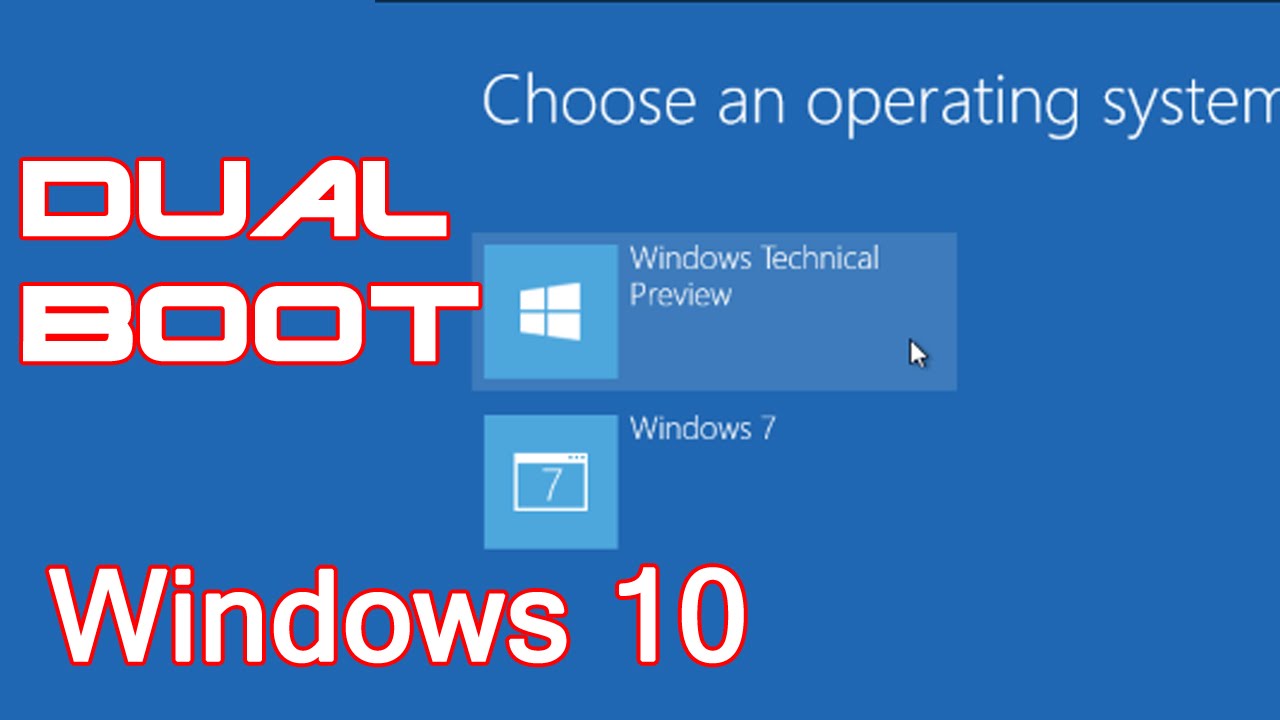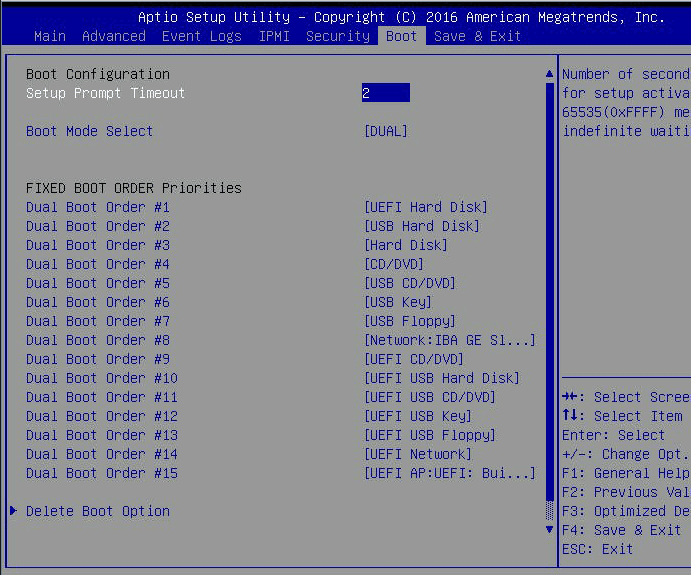Dual Boot Esxi And Windows 10
Jul 4, 2010 - Update: I have blogged about vSphere 5 under VMware hosted virtualization. I needed a way to dual boot my laptop with ESXi or Windows 7. Has anyone tried to setup a dual or triple boot (ESXi 5.5, Linux, Windows Server 2012R2) machine? This is for an app and controller card testing environment - at the moment we're dual-booting Linux/.
I've been trying to install linux on my system for a while now, and I'm at a loss for what to do.
Trying to dual boot windows 10. Have a raid controller with mirrored hard drives.
When currently installing 14.04.3 from a usb drive. the installer sucessfully lets me set up partitions(automatically and manually). However when I get to the screen to select which area I live in I get a message box with '??? ???'(with space inbetween) for it's title and '??? ???'(with space inbetween), with the continue button greyed out, after a while the installer fails back to the screen that chooses partitions.
Previous problems that I've had was it not recognizing drives as there. There was a point where I got to the desk top by using Parted to format the drive to ext2 and installing ubuntu on it(However after reseting couldn't find a way to actually get onto linux with menu/boot loader).
I then decided to try the 15.10 version

with the 15.10 installer. It successfully uses the nvidea card, second monitor(until I get to selection menus), and sound. But the installer fails to install Grub2(successfully getting through all menus till the copy/installation bar starts to tick down).
Tried booting from both a USB, and a CD(random thing that worked for others).
Tried booting from the live USB to use disk repair have have the logs(after going through installation, and grup2 installation failing): Before disk repair changes: http://paste.ubuntu.com/13054208/ boot repair logs after following instructions: http://paste.ubuntu.com/13054825/ (could post terminal output from Disk Repair that I have saved but don't have the reputation for more than 2 links).
So from what I can tell from the logs is that I have an usual raid setup(with the motherboard's raid controller on a GA-z9zx-gaming7). I have the bio options for anything that could be set to UEFI set to legacy only, for fast boot it's a non-selectable option + disabled, and on windows 10 I also have it's software fast boot disabled.
Also tried to install Debian, but it would only see my USB flash drive as a disk. Not recognizing the others.
Just now I tried easy BCD. Successfully get to the grub2 command prompt.
Windows 10 Dual Boot Manager
When looking around with find I find 3 Hard drives(HD0,0), (HD1,0), (HD0,1). With LS the first one doesn't have a kernel, the next two have 'inconsistent file systems', and just LS it looks like I'm somewhere inside windows.
Right now I've fried windows a few times(having to reinstall), have tossed embarrassing amounts of time at it, don't have enough experience to tell if what I'm finding on-line is relevant, and I'm pretty much just poking around blindly + bashing things up to see what works.
2 Answers
Dual Boot Win 10
Installing both Windows and Linux on one RAID set is probably the hardest installation method you can try with many pitfalls, negligible performance improvement on HDDs compared to SSDs and questionable reliability in some cases.
There are at least 3 kinds of RAID:
- Software RAID, the previously preferred way to RAID on Linux. You can find a simple RAID setup that doesn't consider UEFI or dual booting here.
- RAID capabilities provided by the filesystem like in btrfs and zfs.
- 'Fake RAID' on motherboards, the option you chose.
- Actual RAID cards with cache batteries.
Write performance with RAID1/mirrored on 2 drives is limited to the slowest individual drive. Read performance depends on the implementation of the RAID level, but typically won't outperform current performance SSDs in actual work loads. Reliability also depends on the implementation (Can an individual drive be read from a different 'RAID' controller, SATA port or USB enclosure?), but since you are using two very similar drives that you probably bought at the same time from one supplier, you already have a risk that both drives may fail at the same time. Administering RAID including evaluation of risk and performance is sadly a bit more difficult.
In addition to that, you use 3 TB drives and want to dual boot Windows 10 on modern hardware. The best advice is to avoid legacy booting, which is traditionally limited to 2.2 TB drives. EasyBCD is not recommended on UEFI installations here and Boot-Repair also has some problems on simple UEFI setups.
If Windows is kind of happy with this RAID setup and you don't mind the risks, complexity and performance outcome than do it, but for your Linux installation you should consider less complexity and good backup strategies and disaster recovery, one RAID1 set is only one copy of an important file, but you should have at least 3.
N.B.: You're lucky if the latest graphics card is already detected in the latest release.
Windows boots from /dev/mapper/isw_dchccafcdj_WINDOWS, and you created a separate sub-array, /dev/mapper/isw_dchccafcdj_linux to install linux to. Presumably your bios is set to boot the windows array, so grub needs installed to the WINDOWS device.
Whatever you do, never touch /dev/sda or /dev/sdb directly. They must only be accessed through the fake raid device.
Not the answer you're looking for? Browse other questions tagged system-installationraid or ask your own question.
As you may know, hypervisors type 1 are called bare metal, and are intimate to the hardware. Hypervisors type 2 may be installed over an operating system, to run virtual machines ( like VMware workstation ). The problem is that I already run a Windows 7 in my physical machine, with dozens of software installed and I don´t want to lose them by formating...
I run Vmware with some virtual machines, but as you know, if the OS fail, I would lose all of them, so, there´s only a solution: Installing a hypervisor type 1 over the hardware ( bare metal ), and then, installing everything again, so, if my Win7 got a problem, it will not cause problems on the other virtual machines. I would like to know if there´s a way to install the type 1 WITHOUT uninstalling my whole windows or formating the physical machine.
There´s many hypervisors. I was thinking about ESXi, what do you think ? The problem with ESXi is that ( may be ) I would need an external laptop to control it. I know that windows server 2012 has an Hyper V bare metal, but Win7 has nothing ( only Win8 has ). So, do I need to format my machine and install everything again, or at least can I make a copy of the complete OS and import afterwards as a new virtual machine to the new system ?
Thanks

2 Answers
A Type 1 Hypervisor is installed directly onto a bare metal server. A Type 2 Hypervisor is installed onto/over an OS. You are talking about two completely different things as if they where somehow the same.
Make sure your processor supports VT-x
- Install a Type 2 Hypervisor like Virtualbox on your Windows machine.
- Install your Type 1 Hypervisor like ESXi on a VM inside Virtualbox. Make sure to give it plenty of space for VM storage.
- Use either your Windows 7 browser or a web browser of another machine on your network to access the ESXi web interface. There you can create virtual machines to your heart's content.